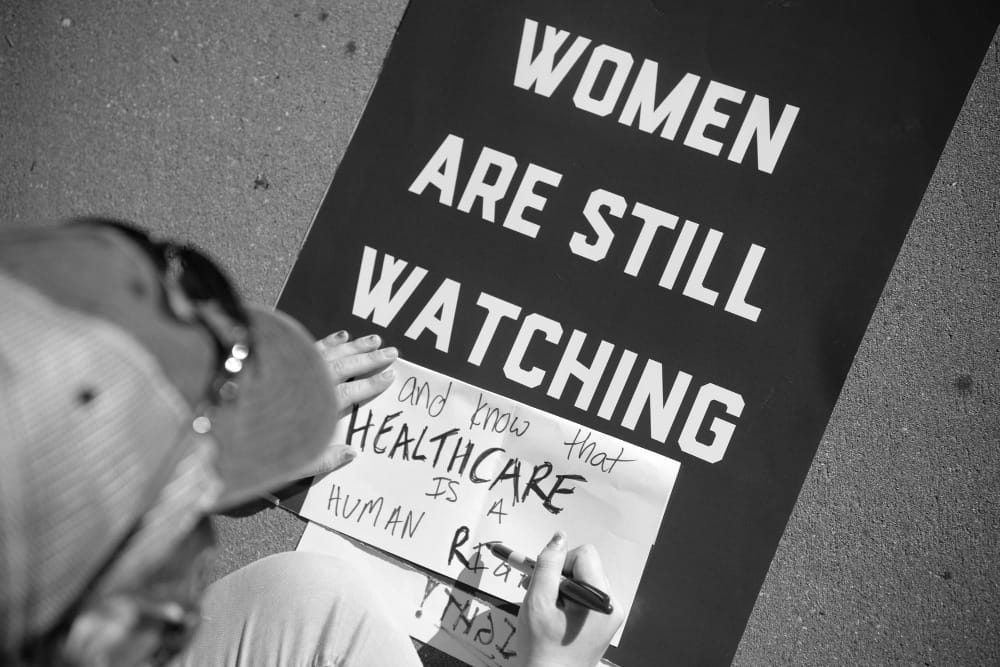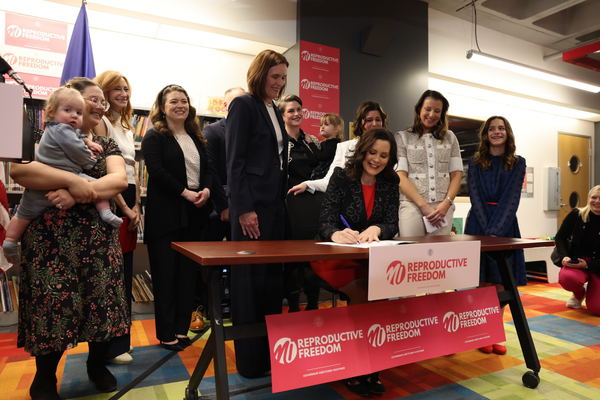More Women Are Entering Medicine — And It's Good for Everyone
Improved social support, more role models, and reduced bias in medical schools have fueled the change. When it comes to patient outcomes, it makes a difference.

The gender pay gap in the U.S. may have hardly budged over the past two decades, but many professions historically dominated by men are becoming more diverse in terms of gender representation.
Earlier this month, figures from the Association of American Medical Colleges—the AAMC—showed medicine as a prime example.
For the sixth consecutive year, women made up the majority of applicants, matriculants, and students enrolled at U.S. medical schools. For the current academic year, women comprised 56.8% of applicants, 55.1% of matriculants and 54.9% of total enrollment, according to the AAMC.
Racial and ethnic diversity has hardly improved over recent years; in fact, in some cases it has stalled or become worse. But the gender move is indicative of something positive, Diana Lautenberger, the AAMC’s director of gender equity initiatives, told MedScape, an online platform for news and other resources for those in the medical industry: It shows that gendered social norms are becoming less strict.
“It’s not that women are only now interested in higher education, medicine, science, STEM fields,” explained Lautenberger. Women have always been interested in these fields. It’s that historically it hasn’t been “socially accepted” for women to go into these fields in such high numbers, she said.
More social support, more female physician role models, and reduced bias in medical schools, have all fueled more women pursuing medicine, Lautenberger explained.
And indeed, diversity in the field of medicine—which includes the “feminization of medicine,” as it’s sometimes referred to—is good for all of us.
“Gender diversity and openness to diversity are predictors of high team performance and gender balance can enhance the group process and improve the level of collective intelligence,” according to a paper published in 2022 that specifically examines the increased representation in the medical profession. “A diverse workforce in medicine and research can contribute more to scientific discovery and improved patient care than a homogeneous one could,” it adds.
Last year research also showed that hospitalized patients in the U.S. tended to have a lower chance of dying or being re-admitted within 30 days when they were treated by female physicians rather than male clinicians—at least for patients over the age of 65.
The difference wasn’t huge (it translated into 1 fewer death per 417 hospitalizations, and 1 fewer re-admission per 208 hospitalizations) but the sample size was large: about 776, 900 Medicare beneficiaries treated by more than 42,100 clinicians.
In terms of what caused the difference, there are a few possible explanations, according to the academics who led the research.





